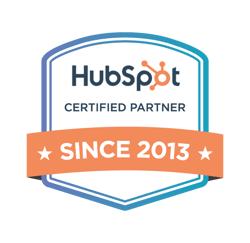The first step to generating leads from your content is to start "gating" it. “Gating” simply means that the content is only available to someone after they provide you with some type of contact information. Content such as eBooks, whitepapers, checklists, and even case studies should be gated behind a landing page. You should not give away this content without getting something from the visitor in return. Think of your lead generation content as your most valuable content and you want to know who is viewing it. If they are a qualified prospect, having their contact information will allow you to connect with them. For reference, a landing page is a page on your website that contains:
- Information about the content offer typically in bullet point format
- A form for the prospect to convert on to access the content
- An image to provide a visual of the content they will receive
Practical Application:
Here is an example from a professional services firm for one of their eBooks. You can see the landing page is a simple design. The simple design allows the visitor to focus on the content they want to download, increasing the conversion rate from a visitor to a known prospect. These landing pages tend to have a 35% - 45% conversion rate compared to longer, more content-heavy landing pages. This is because the layout is simple, gives the visitor the exact information they need, and focuses on the next step to access the eBook.
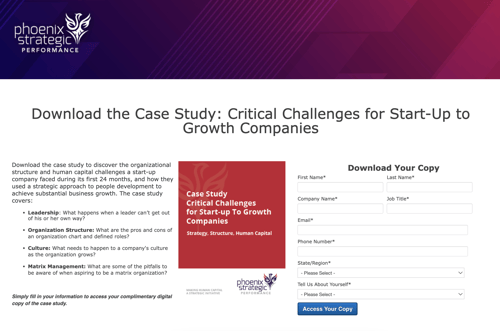
There are many things to consider when putting together a landing page. Here are 5 tips for increasing your conversion rates:
- Form Placement: The form designed to capture your prospect’s contact information should be on the right side of the page because people read from left to right. If you provide the information about the content offer to the left, visitors will understand why they are being asked for their contact information on the right. It is also important to keep the form “above the fold,” which means that the form should be visible when someone lands on the page before they start scrolling. Once someone begins scrolling, the chance of converting on the form decreases. Providing the visitor with the opportunity to convert, or at least see the form before they start browsing, gives you a greater chance to generate a lead from that website visit.
- Form Fields: A form field collects the contact information you are asking for from your website visitor. I am often asked how many form fields should be used on a landing page. The number of form fields differs based on your content type. For example, if a prospect wants to download an eBook, you may want to consider asking their name, email, industry, company, and title. However, if you’re asking someone to subscribe to a blog, I would only ask for their name, email, and how often they want to receive your blogs. You can see how the number of form fields differs by content type. You can also consider personalizing the questions based on their persona, lifecycle stage, and more.
- Content Formatting: Be sure to include enough informational content on your landing page to entice a visitor to convert, but not too much information that it confuses the visitor and makes them wonder why they landed on this page in the first place. Using bullet points or a numbered list helps ensure you clearly and succinctly communicate the value proposition to entice the visitor to convert. This lets the visitor quickly skim the content, see what is most important, and decide if they will convert. Since this entire conversion process typically happens in less than 15 seconds, it’s critical to quickly grab their attention.
- Remove Navigation & External Links: When a visitor comes to your landing page, you do not want to give them the option of browsing other areas of your site or losing focus. For these reasons, you want to remove the main website navigation on your landing pages to help the visitor focus on converting on your form. This will increase your form conversions by at least 10%. However, we have seen some pages increase conversion by 32% by simply removing the website navigation.
- Image Usage: Using some type of image is also important on a landing page. If you’re promoting a content offer, it’s a good idea to include the cover or a page from the content offer on the landing page. This directly represents the content the visitor will receive when they convert. You can use stock images, but a picture of your content asset works best because it directly correlates to the landing page offer.
Landing pages are a crucial component of your lead generation strategy. Landing pages are the primary way to convert those unknown but engaged website visitors into contacts and qualified prospects for your organization. Always think about how you can use landing pages to start generating leads from your valuable content.
Are you looking for ways to optimize your inbound strategy? The"book "Mastering Inbound Marketing: Your Complete Guide to Building a Results-Driven Inbound Strategy," written by Elyse Flynn Meyer, Owner & Founder of Prism Global Marketing Solutions, covers every aspect of the inbound marketing methodology, including the revenue generation trifecta of marketing, sales, and the customer experience. Check out the book to see how to most efficiently and effectively develop, implement, and maintain your inbound strategy.

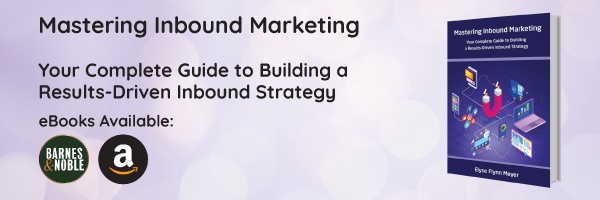
__Square.png?width=250&height=250&name=Marketing_Hub_(1)__Square.png)
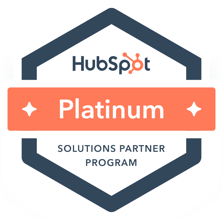
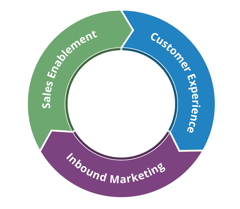


.png?width=250&name=diamond-badge-color%20(1).png)
